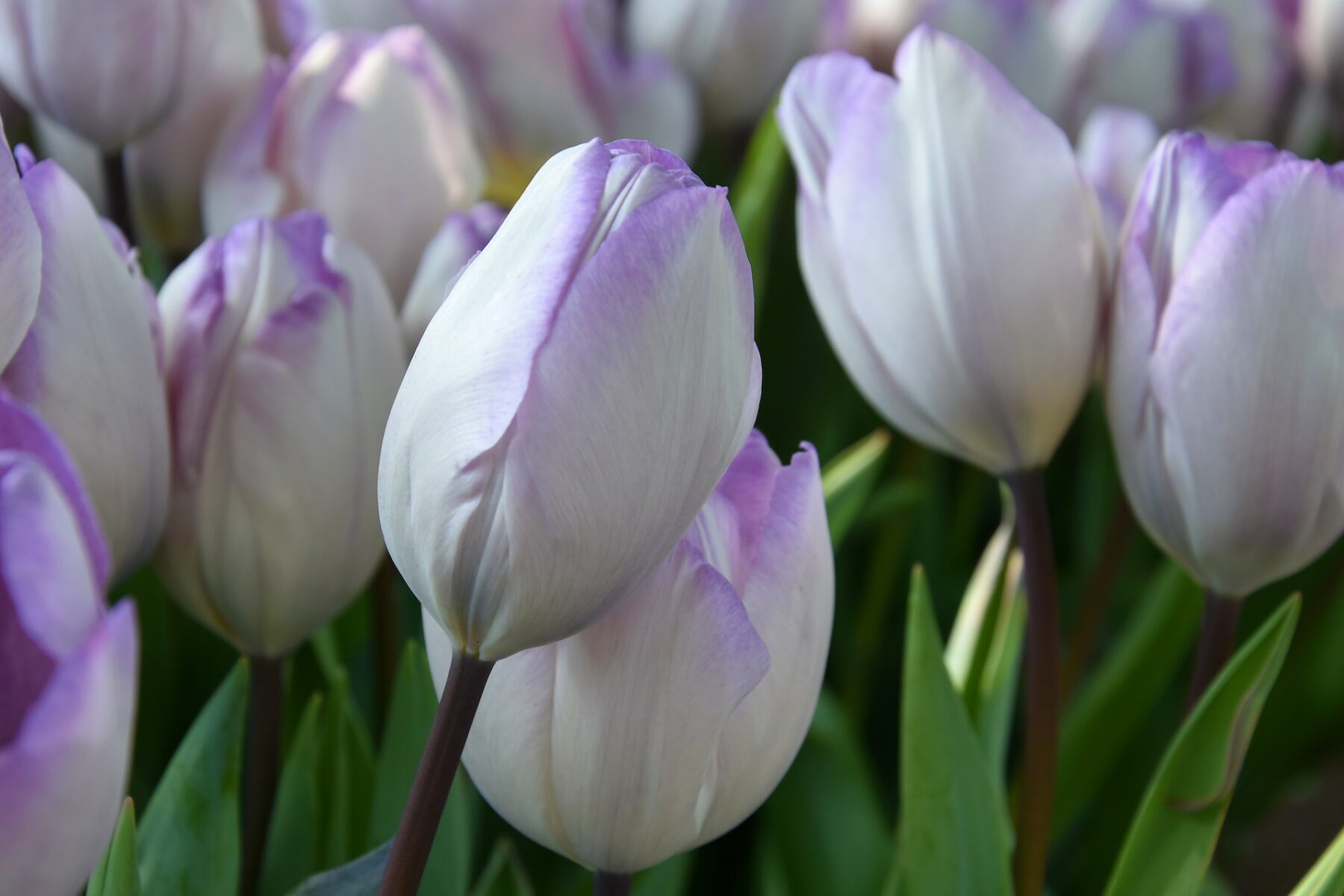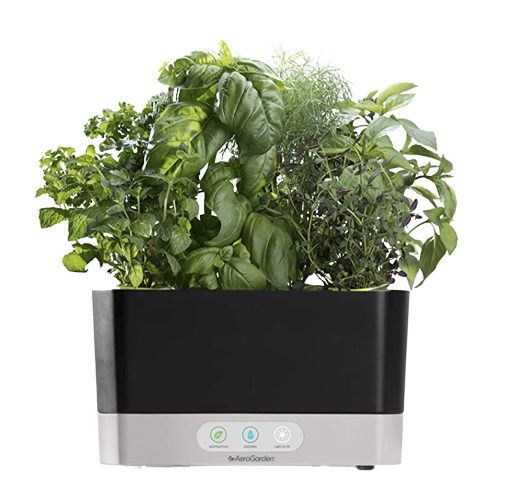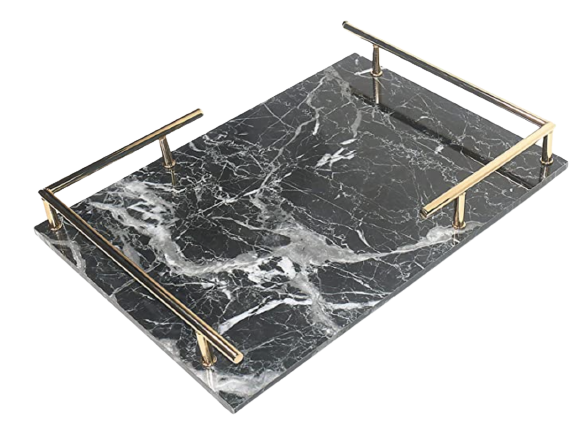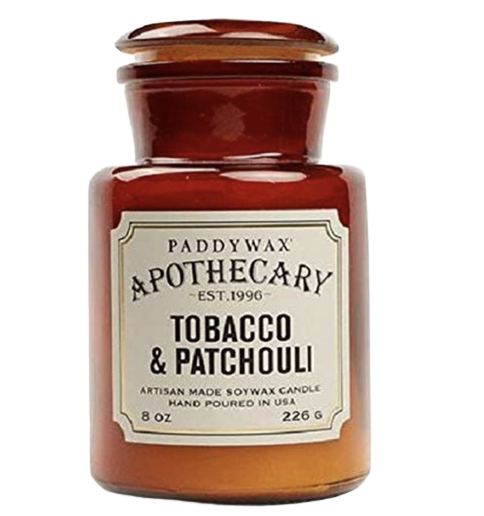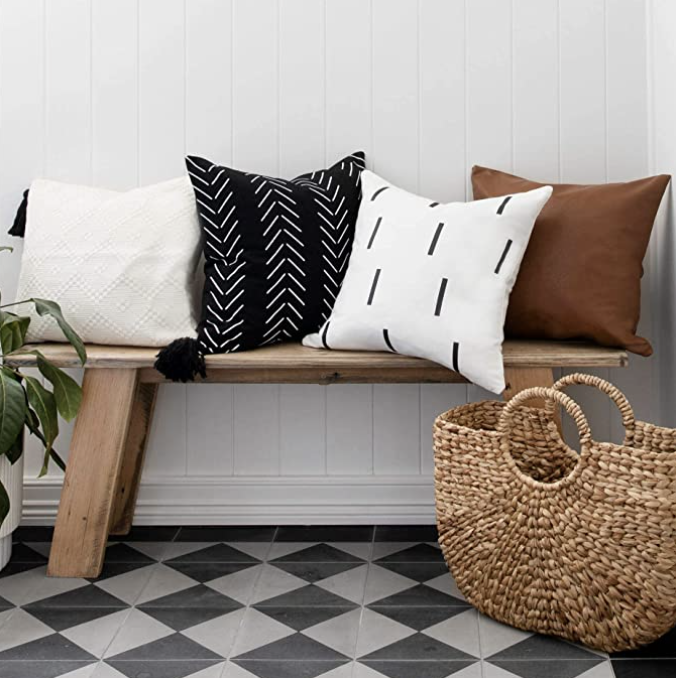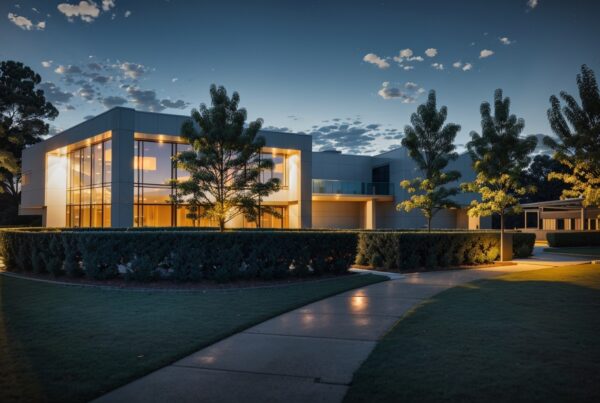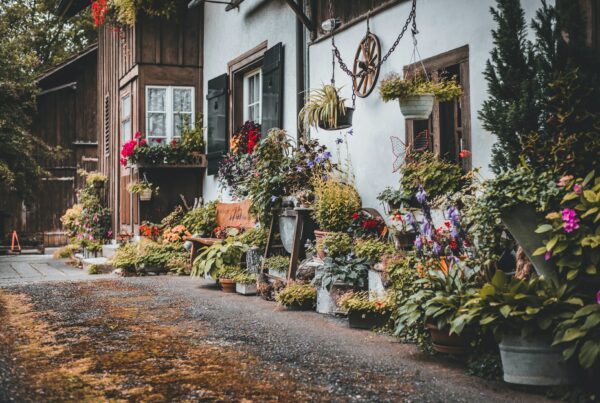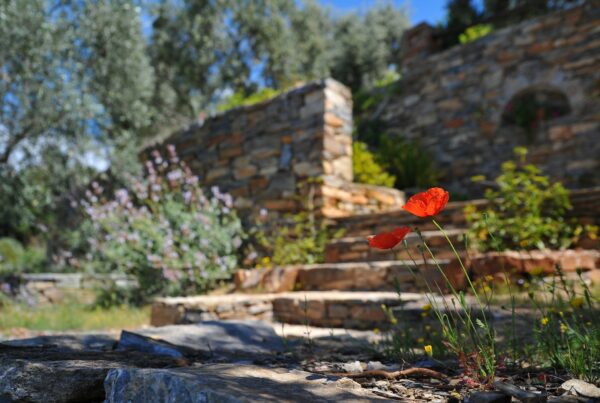Last Updated on January 9, 2023
Suppose you have nice space in your backyard and are wondering how to spruce it up. This is where the right plants can come in handy as a way to spruce up a dull outdoor space. It will make your space more aesthetically pleasing, plus they are good for your physical and mental well-being. That said, you wouldn’t want your garden to be blooming some months and dry during the rest of the year.
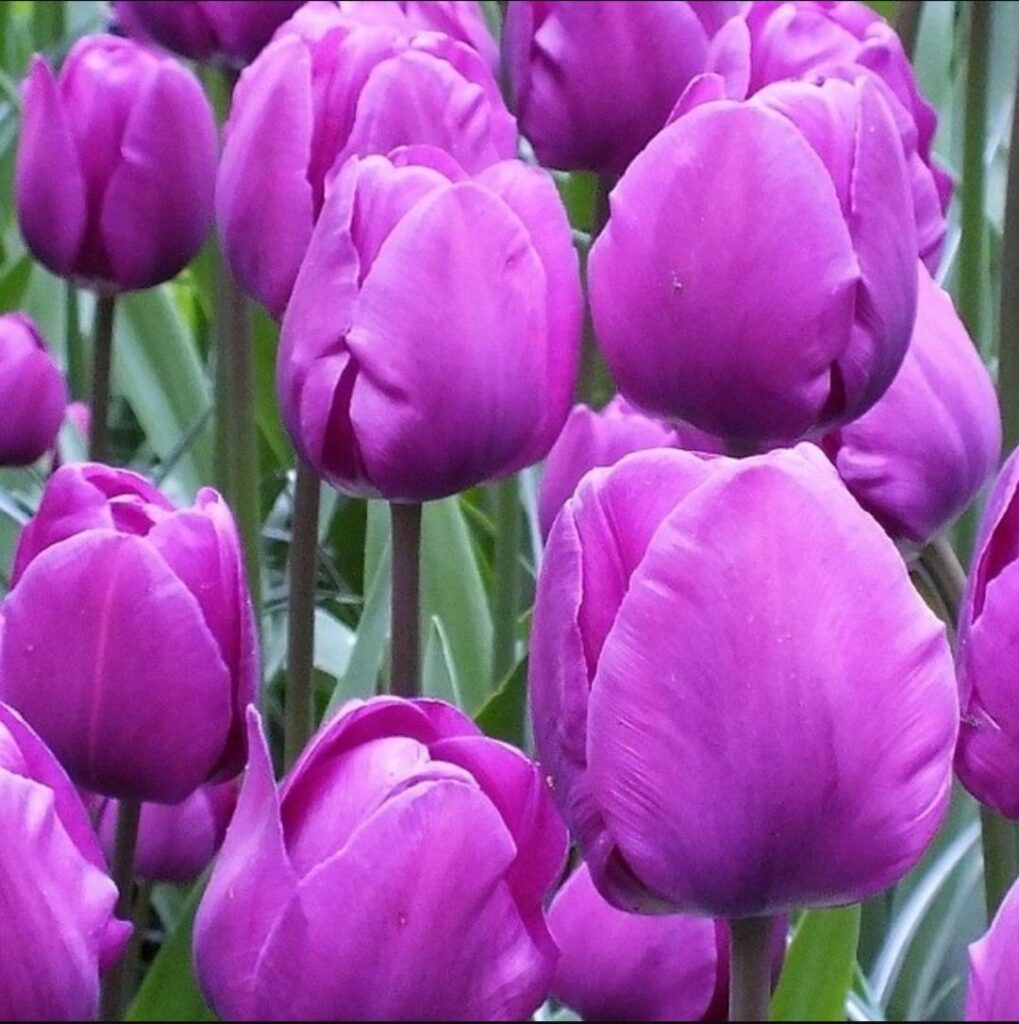
The beauty is that you can go for perennials that bloom all year round! If you are wondering which spring blooming perennials you could choose, you are in the right place. Here are some of the best blooming perennials to add color to your garden:
Ox eye daisy
The first perennial crop on our list is the ox eye daisy, which is actually one of the easiest to grow. It grows best in full sunlight, meaning you don’t have to worry about finding a well-shaded area. The yellow ox eye daisy also prefers well-drained soils like sand which is free from debris. When it matures, it can grow up to two meters in height and produce stunning yellow flowers that add color to your garden.
Season of Bloom: Summer
Growing Conditions: Sun and full shade
Size: 1-2 feet
Zones: 3-9
Narcissus daffodil
Daffodils send a warm message of joy and hope since they are among the first perennials to bloom in spring. Ideally, daffodils belong to the Narcissus gene and grow from a small sphere-shaped bulb. With a bit of sunshine and tender loving care, these bulbs grow to leafless stems that later produce trumpet-shaped flowers. Even though they require bright light, daffodils can withstand cold temperatures. One interesting fact is that they are deer and rabbit-resistant.
Season of Bloom: Late winter
Growing Conditions: Full sun
Size: 3-18 inches tall
Zones: 3-8
Yellow Tulip
Bright colors make your garden look vibrant and inject some cheer into the overall atmosphere. Tulips, especially yellow ones, have become a favorite among gardeners who want to spice things up in their outdoor space. Their long lifespan allows you to enjoy them for many years unless you get bored and crave a change. Yellow tulips can grow in almost every climate, making them a safe choice if you are unsure about the conditions in your native country.
Season of Bloom: Spring
Growing Conditions: Full or filtered sunlight
Size: 8-14 inches
Zones: 6-19
Solomon seal plant
The Solomon seal plant is one of the best Spring Blooming Perennials, especially for a shaded area where you have tried and failed to grow anything substantial due to limited sunshine. It is bound to add life to the shade spot you were so quick to dismiss as unproductive. In addition to loving the shade, this crop is also disease, pest, and drought-resistant. You will fall in love with the petite flowers and foliage once the plant blooms in spring.
Season of Bloom: Spring to early summer
Growing Conditions: Full to partial shade
Size: 3 feet
Zones: 3-8
Evening primrose
The Primula vulgaris, popularly known as the evening primrose, is a picturesque crop that closes in the morning and unfolds its beautiful petals towards late evening. This perennial crop is an excellent addition to your garden if you intend to attract pollinators that come out at night to play. In addition to its eye-catching flowers, the evening primrose has a distinct lemony aroma that fills the air as soon as the flowers unfurl. You can grow this plant in full or filtered sunshine and ensure you fertilize it twice, in spring and fall.
Season of Bloom: Autumn
Growing Conditions: Full sun
Size: Less than 3 feet
Zones: 4-9
Shasta daisy
You can’t fail to recognize the Shasta daisy, which loves to grow under full sunlight and doesn’t need much care to bloom. The glossy green leaves are a joy to marvel at, and the ovate, crisp white petals have a slight hint of pink on the edges. This plant grows to approximately two feet, making them perfect for a bridal bouquet or a vase on your coffee table. Even though it originated in Europe, it has since adapted to flourish in North America.
Season of Bloom: Late spring to mid-summer
Growing Conditions: Full sun, mulching in fall, fertilizer twice a year
Size: Under 3 feet
Zones: 4-9
Hairy buttercup
Popular for its clusters and bright green leaves with rounded lobes, the Hairy buttercup is a resilient perennial crop that blooms in early to mid-spring. Another tell-tale characteristic of this stunning crop is the tiny yet perceptible hairs on the leaves and stems. Once you see the snow melting away, you know you are about to start seeing gorgeous yellow flowers gracing your garden. It would be wise to grow this plant in full sunlight. When it matures, the Hairy buttercup grows to a two-food height.
Season of Bloom: Early to mid spring
Growing Conditions: Full sun, weeding, mulching, twice-annual fertilizing
Size: 24 inches
Zones: 3-8
White daffodils
A major perk of planting the White Poeticus Daffodil is that it is versatile and goes well with any landscape. This perennial crop is also very elegant, from its name to the blooms starting at the bottom of the stem. You can also use this crop as a natural air freshener to purify the air and attract pollinators to your ecosystem. With the White daffodils, you don’t have to spend too much time maintaining your garden as they are pretty low-maintenance.
Season of Bloom: Mid to late spring
Growing Conditions: Full sun
Size: 8-14 inches
Zones: 5-10
Lily pads
You can’t have a lake or pond without lily pads! They actually are good at providing a shade to animals like frogs that control the bug population. Lily pads also give fish a place to hide from birds of prey. The leaf’s surface gathers the much-needed sunlight for photosynthesis, sending nutrients back to the roots, which can continue growing underground.
Season of Bloom: Early spring
Growing Conditions: Full sunlight, shallow water
Size: 12 inches wide
Zones: 4-11
Wild geranium
If you are looking for a low-maintenance plant, look no further than the Wild geranium. This woodland perennial plant has a root system that grows quickly, allowing you to fill a flower bed effortlessly. The Wild geranium also self-seeds, taking the tedium out of replanting the gorgeous plant every season.
Season of Bloom: Spring
Growing Conditions: Sun and shade
Size: 18-24 inches
Zones: 3-8
Chicory plant
Closely related to the sunflower, you can distinguish the chicory plant from other members of the Asteraceae family by their serrated leaves. This plant is better off growing in open areas with lots of sunlight. At full height, the chicory plant measures a full 12 inches. Unlike most crops on our list, you can use the roots as a base flavor for your favorite dish. Even though you can boil and eat the leaves as a vegetable, it would be wise to research before adding this crop to your plate. Lastly, you could infuse the leaves into your tea or coffee.
Season of Bloom: Fall
Growing Conditions: Full sun, well drained soils
Size: 12-18 inches
Zones: 3-10
Butterfly weed
The bright orange colors and sweet nectar of the Butterfly weed make it difficult for pollinators such as hummingbirds, bees, and butterflies to resist this perennial plant. The dash of color in your outdoor space will surely make you the envy of your friends and fellow gardeners. You will enjoy a long cycle of blooms that lasts almost all summer. In addition to being easy on the eye, the Butterfly weed is an excellent way to naturalize the sunny areas of your garden.
Season of Bloom: Summer
Growing Conditions: Full sun, aphid control, fertilizing, dead heading
Size: Under 3 feet
Zones: 3-9
Jacob’s ladder
The Jacobs ladder plant pays homage to Jacob in the Bible, who had a dream about climbing a ladder to heaven. Although it originally hails from Mexico, this vine has adapted extremely well to various parts of the United States. The Jacobs Ladder plant is resilient and would look gorgeous on a low fence, arbor, or trellis.
Season of Bloom: Summer
Growing Conditions: Full sun and shade
Size: 24 inches
Zones: 3-8
Purple violet
The purple violet is closely related to other flowers such as catmint, violas, bellflower, and verbena. We can only imagine the excitement upon seeing the first licks of purple as the flowers bloom in the spring. However, be warned in advance that you never know what color you will get with the purple violet. They might turn out white, lavender, blue, blue-violet, or a combination of two colors.
Season of Bloom: Spring
Growing Conditions: Sun and shade
Size: Under 3 feet
Zones: 3-9
Upgrade Your Garden with Perennials
Perennial crops grow year after year, meaning you don’t have to go through the hassle of replanting them every new season. They also don’t require a lot of pesticides or herbicides. They do reduce the problem of soil erosion in your garden. In addition, their roots help with soil aeration and water filtration. You will also add color that will transform the look and feel of your garden. Just pick the plants on our list that tickle your fancy!


